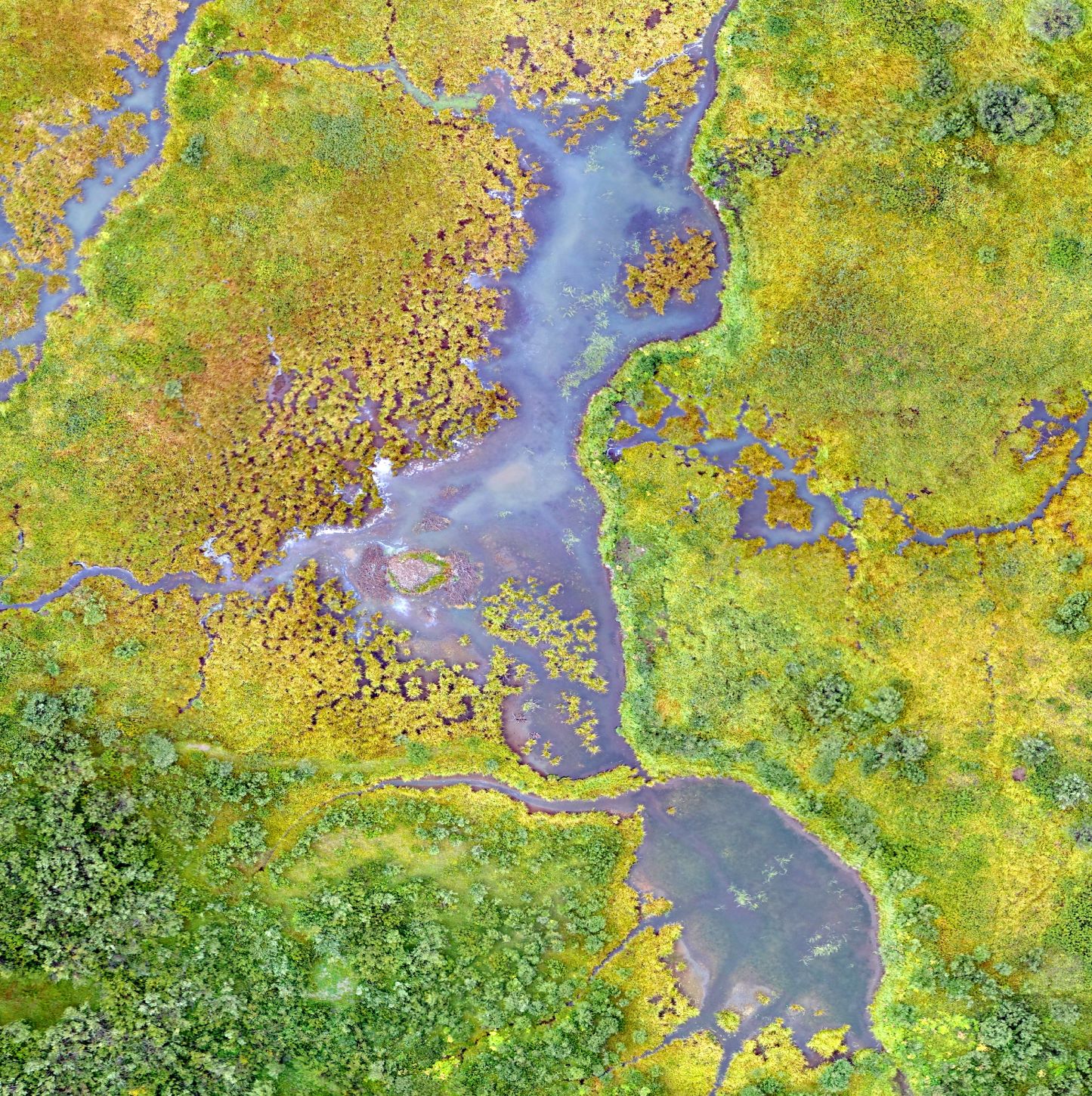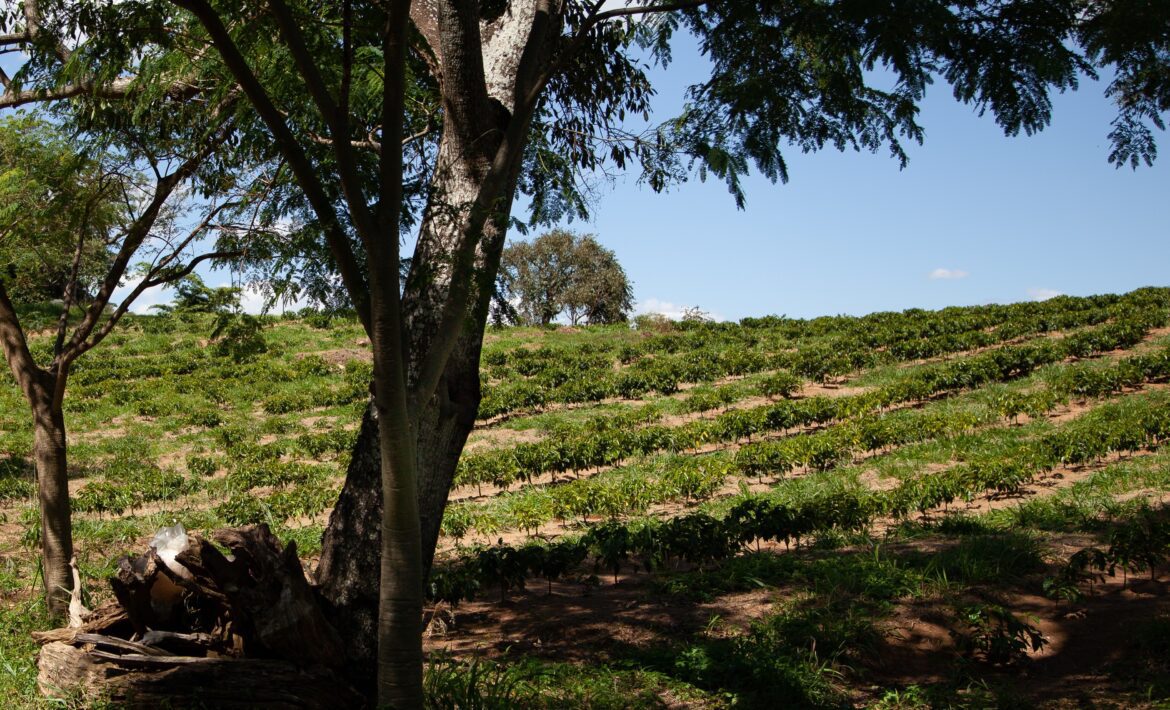
What You Need to Know About the RAMSAR Convention
by Olivia Draycott
What is the RAMSAR Convention?
The RAMSAR Convention was introduced in 1975 and is regarded as the oldest intergovernmental environmental treaty of the modern-day [1]. The focus of RAMSAR is on the conservation of wetlands across the globe, with the convention first implemented in Iran (1971) [2]. Along with the implementation in Iran, the first conservation site was based in the Cobourg Peninsula in Australia, this is the oldest site created by RAMSAR, and acted as the foundation for other countries to follow suit in an effort to conserve wetland biodiversity [3].
The purpose of the convention is to protect wetland habitats such as coral reefs, marshes, swamps, underground cave systems, peat bogs and mangroves [2]. These habitats are home to an abundance of unique life and play a crucial role in maintaining healthy ecosystems for example, peat bogs enable soils to retain large quantities of water, thus mitigating flood damage and protecting biodiversity [4].
Impact of the RAMSAR Convention
The RAMSAR Convention’s commitments endure through the annual World Wetlands Day (WWD) promoted by the UN [5]. WWD acts as an important reminder to society that wetlands contribute to a large volume of freshwater globally and that many lives are dependent on them[5]. The aim of WWD is to prevent the loss of vital wetlands such as marshes surrounding the embankments of rivers as well as swampland that provides vital nutrients to 40% of plants and animals alike [6].
Furthermore, the importance of preserving wetlands has become even more apparent now that they are recognised as the largest natural carbon sinks on earth. The conservation of salt marshes also reduces the risk of flooding along global coastlines by 60% [6]. Wetlands, therefore, offer natural solutions to environmental degradation caused by the climate crisis. To date 170 countries have ratified the convention and an estimated 250 million hectares of wetlands are protected under it [7].
Critiques of the RAMSAR Convention
Under The RAMSAR Convention, preservation of wetlands across the globe has increased, however, this is not to suggest that all of RAMSAR’s objectives have been achieved. Issues with RAMSAR are often associated with the wording of the Convention, predominantly what equates to a ‘sustainable use’ of the land [8]. Currently, the Convention states that wise use of wetlands equates to “the maintenance of their ecological character, achieved through the implementation of ecosystem approaches, within the context of sustainable development” [8]. Despite this definition, uncertainties about how a wetland is defined leaves many supposed ‘wetlands’ under threat as they may not have enough biodiversity within the ecosystem to be a wetland under RAMSAR’s definition.
Conclusion
Despite the uncertainties surrounding the definitions of ‘sustainable use’ in the Convention, and how the convention is yet to reach global membership, the impact of RAMSAR has been a profound one. Since its creation in the 1970s, the Convention has been ratified by 170 countries and counting and has encouraged the preservation of 250 million hectares of land. Without the Convention in action, there is no doubt that the future of global wetlands would be bleak, and the knowledge surrounding these wetlands would be minimal [7]. Due to the increased attention RAMSAR has brought to the importance of wetlands, the methodologies and incentives to protect these areas have grown, especially due to their positive impact on reducing climate change globally.
References:
[1] RAMSAR, ‘History of The RAMSAR Convention’, https://www.ramsar.org/about/history-of-the-ramsar-convention, accessed 15th August 2021.[2] Australian Government Department of Agriculture, Water and the Environment, ‘The RAMSAR Convention on Wetlands’, https://www.environment.gov.au/water/wetlands/ramsar, accessed 15th August 2021.
[3] BMT WBM Pty Ltd, 2011, ‘Cobourg Peninsula Ramsar Site Ecological Character Description’, https://www.environment.gov.au/water/wetlands/cobourg-peninsula, accessed 15th August 2021.
[4] National Geographic, 2012, ‘Bog’, https://www.nationalgeographic.org/encyclopedia/bog, accessed 15th August 2021.
[5] United Nations, 2021, ‘World Wetlands Day 2021 – Wetlands and Water’, https://www.unwater.org/world-wetlands-day-2021-wetlands-and-water/, accessed 15th August 2021.
[6] WWT, ‘Why Wetlands’, https://www.wwt.org.uk/our-work/why-wetlands, accessed 15th August 2021.
[7] Geijzendorffer I. et al. 2019, ‘A More Effective Ramsar Convention for the Conservation of Mediterranean Wetlands’, Front. Ecol. Evol., https://www.frontiersin.org/articles/10.3389/fevo.2019.00021/full. DOI: https://doi.org/10.3389/fevo.2019.00021, accessed 17th August 2021.
[8] RAMSAR, ‘The Wise Use of Wetlands’, https://www.ramsar.org/about/the-wise-use-of-wetlands, accessed 17th August 2021.



